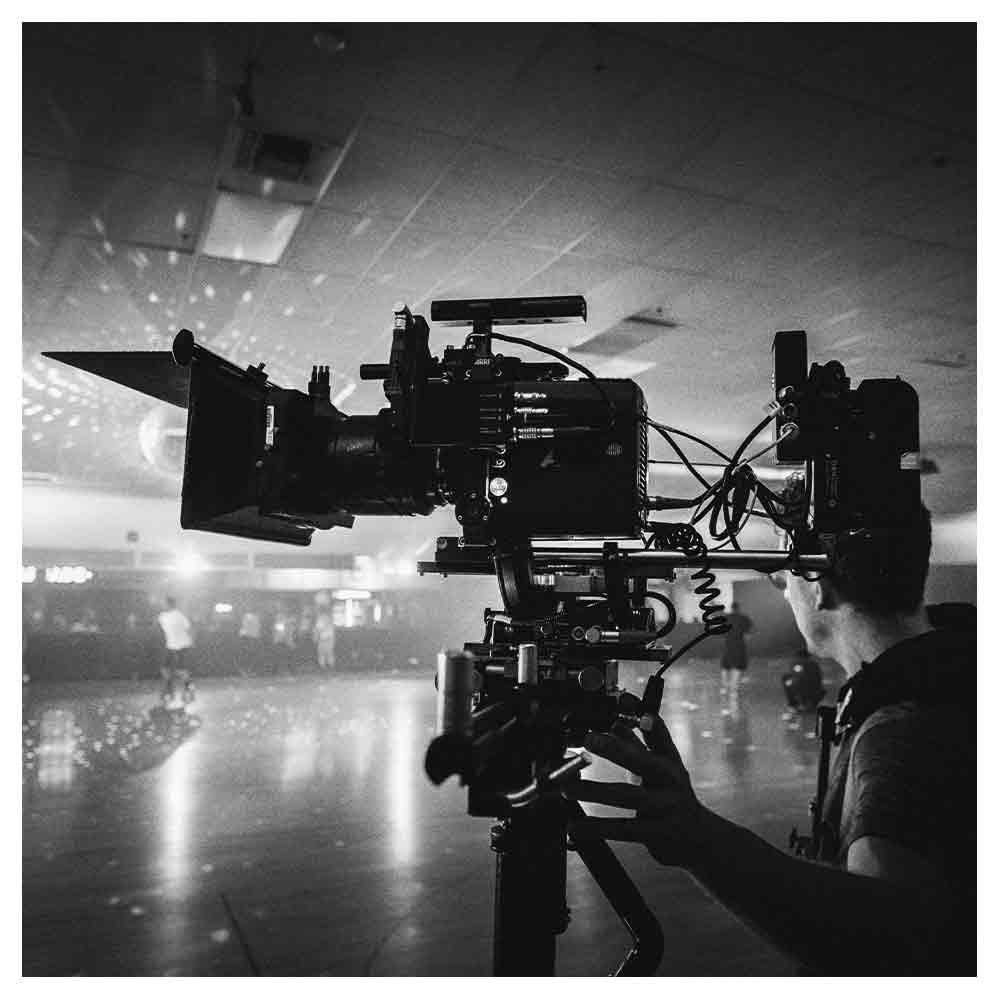Fiction vs Nonfiction: A Guide for Writers, Filmmakers, and Storytellers
In the world of writing and storytelling, fiction and nonfiction are the two genres that encapsulate the entire spectrum of the written word.
These categories include the writers' approach and the readers' experience.
This article will explore the key differences and unique characteristics of each, offering insights to writers, filmmakers, and storytellers on how to engage and captivate their audience.
Fiction: The Art of Imaginative Storytelling
Fiction refers to creating imaginary events and fictional characters woven together by the writer's imagination.
This genre is characterized by its freedom to explore exciting worlds, complex characters, and psychological depth through inventive narratives.
Fiction can be subdivided into various genres, including science fiction, historical fiction, literary fiction, and romance novels, each with its own set of conventions and literary devices.
Key Features of Fiction Writing
Imaginative Storytelling: Fiction allows authors to transport readers to imaginary worlds, engage with complex characters, and explore themes beyond the constraints of reality.
Character Development: Through fictional stories, writers can create characters with deep psychological depth and compelling storylines.
Creative Freedom: Fiction writers are not bound by factual accuracy, allowing for a vast exploration of ideas, settings, and plots that might never exist in the real world.
Examples of Iconic Fiction
"Harry Potter" series by J.K. Rowling: A Journey into a magical world that explores themes of friendship, courage, and the battle between good and evil.
"To Kill a Mockingbird" by Harper Lee: A literary fiction that delves into racial injustice in the American South through the eyes of a young girl.
Nonfiction: The Craft of Presenting Factual Information
Nonfiction writing, on the other hand, is anchored in reality. It involves presenting factual information, real-life events, and true stories.
Nonfiction genres include biographies, history books, self-help books, and nonfiction memoirs, all rooted in actual events and real people's lives.
The essence of nonfiction literature is to inform, educate, and sometimes persuade, offering insights into the human experience through the lens of reality.
Characteristics of Nonfiction Writing
Factual and Informative: Nonfiction writers present factual information, requiring thorough research and accuracy.
Real-life Experiences: This genre often draws upon the real-life experiences of individuals, providing a platform for telling true stories and historical events.
Creative Nonfiction Blurs the Line: A subgenre that merges the factual foundation of nonfiction with the narrative appeal of fiction, employing literary techniques to tell true stories engagingly.
Noteworthy Nonfiction Works
"The Diary of Anne Frank": A powerful memoir of a young girl's life and thoughts while hiding during the Nazi occupation of the Netherlands.
"In Cold Blood" by Truman Capote: A pioneering work of narrative nonfiction that tells the true story of a brutal murder in Kansas, blending factual reporting with the depth of a novel.
Bridging the Divide: Creative Nonfiction
Creative nonfiction blurs the lines between fiction and nonfiction, marrying factual events with the art of storytelling.
This genre allows writers to explore real-world events with descriptive language, emotional depth, and compelling narratives typically found in fiction.
Works in this genre can range from personal essays and memoirs to in-depth explorations of historical events while maintaining a commitment to factual accuracy and insight.
Conclusion
Whether you're drawn to the inventive possibilities of fiction or the grounded reality of nonfiction, both genres offer unique ways to engage, educate, and entertain readers.
As a writer, filmmaker, or storyteller, understanding these differences and the vast potential within each can help you craft stories that resonate deeply with your audience.
Remember, the power of storytelling lies not just in the details of the events or characters you describe but in the emotional truths you reveal along the way.
Frequently Asked Questions About Fiction Vs Nonfiction (FAQs)
What's the main difference between fiction and nonfiction?
The key difference lies in their roots: fiction is stories created from a writer's imagination involving fictional characters and events.
Nonfiction, on the other hand, is based on actual events, real people, and factual information.
Can you give examples of fiction genres?
Absolutely! Fiction genres include science fiction, historical fiction, literary fiction, romance novels, mystery, thriller, fantasy, and many more. Each genre offers unique characteristics, themes, and settings to explore.
What is nonfiction writing?
Nonfiction writing presents factual information about real-world events, people, ideas, and theories.
This can range from history books, self-help books, biographies, and first person memoirs to nonfiction essays and journalism.
What does creative nonfiction mean?
Creative nonfiction blurs the line between fiction and nonfiction by employing literary devices and storytelling techniques to recount true events.
It's factual writing that is also compelling and engaging, written with a sense of creativity and flair.
How do fiction writers build their worlds?
Fiction writers craft their worlds through imaginative storytelling, detailed descriptions, complex characters, and intricate plots.
They create exciting worlds and imaginary events that transport readers, allowing them to explore impossible realms and experience emotional truths through the lives of fictional characters.
What do nonfiction writers focus on?
Nonfiction writers concentrate on presenting factual information, real-life events, and true stories.
They research, write, uncover, and communicate insights accurately, aiming to inform, educate, and sometimes persuade or entertain their readers.
Can nonfiction be creative?
Yes, creative nonfiction is a genre that uses literary techniques to tell true stories. By incorporating elements like descriptive language, narrative development, and emotional depth, authors can turn real-life experiences into engaging and captivating narratives.
What's the importance of character development in fiction?
Character development is crucial in fiction because it adds psychological depth, realism, and emotional engagement.
Readers become invested in the characters' journeys, motivations, and transformations, which can make a fictional story truly memorable.
How do nonfiction books engage readers?
Nonfiction books engage readers by offering insightful, informative, and often inspiring content.
Through factual accuracy, compelling writing, and sometimes by exploring personal anecdotes, these books connect with readers on an intellectual and emotional level.
Is historical fiction considered fiction or nonfiction?
Historical fiction incorporates real events, settings, and sometimes historical figures from the past into an otherwise made-up story. It offers a blend of factual history with the creative freedom of fiction.
How do writers choose between fiction and nonfiction?
Writers often choose based on their interests, the story they want to tell, and how they want to tell it. If they aim to explore themes through imaginative storytelling and invented characters, fiction is the way.
Nonfiction is the appropriate choice for writers looking to delve into real events, share knowledge, or recount true stories.
Can fiction and nonfiction overlap?
Yes, the boundaries between fiction and nonfiction can blur in genres like creative nonfiction or historical fiction.
Writers might employ factual groundwork while using creative liberties to fill in gaps or enhance the narrative, thereby captivating readers with a mix of truth and artistry.
By understanding these distinctions and nuances, writers, filmmakers, and storytellers can better navigate the vast landscape of the written word, choosing the right approach to best express their ideas and engage their target audience.
Whether drawing from the well of imagination or the realm of reality, the goal remains: to create compelling, thought-provoking, and emotionally resonant works that captivate and resonate with readers.






























